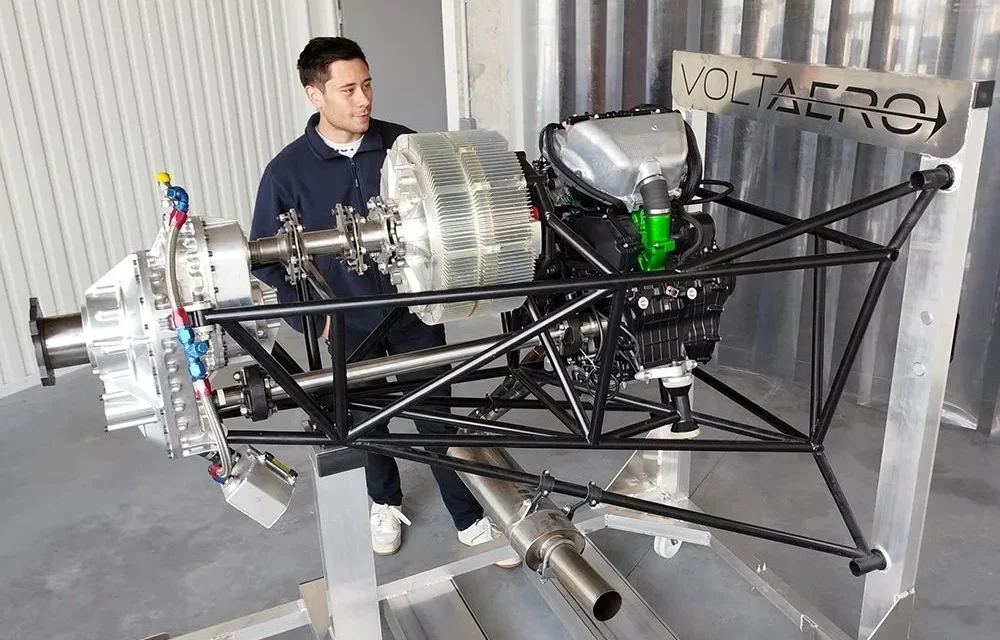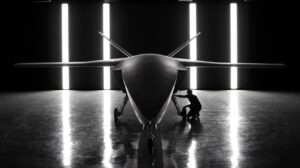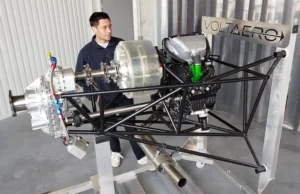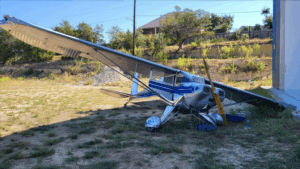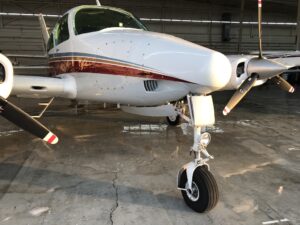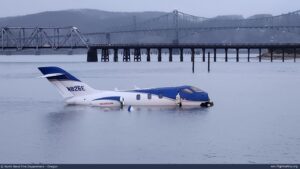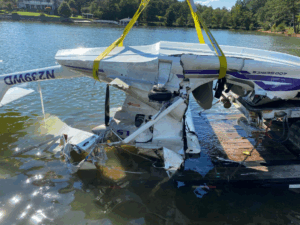The VoltAero HPU 210 hybrid power unit made its U.S. debut at EAA AirVenture 2025, marking a major milestone for kit and light aircraft. This new propulsion system combines a 150 kW piston engine with a 60 kW electric motor, offering builders up to 40% more climb performance under a single throttle. With its modular design and hybrid flexibility, the VoltAero HPU 210 hybrid power unit could redefine the future of experimental aviation.
What Makes the VoltAero HPU 210 Hybrid Power Unit Different?
VoltAero introduced the HPU 210 in France on June 5, 2025, before bringing it to Oshkosh for its U.S. debut. The system integrates seamlessly as a firewall-forward package, simplifying installation for homebuilders.
- 150 kW Kawasaki-derived piston engine
- 60 kW electric motor for boost
- Single-throttle control
- Up to 40% more climb performance
This blend of thermal and electric power represents a turning point in propulsion options for homebuilt aviation.
Fuel Flexibility and Efficiency
One standout feature of the VoltAero HPU 210 hybrid power unit is its fuel versatility. It can run on AVGAS, unleaded auto fuel, and biofuel blends, giving builders more flexibility than traditional engines. VoltAero also claims:
- Fuel burn as low as 38 liters per hour in cruise
- Expected 1,500-hour TBO for the piston engine
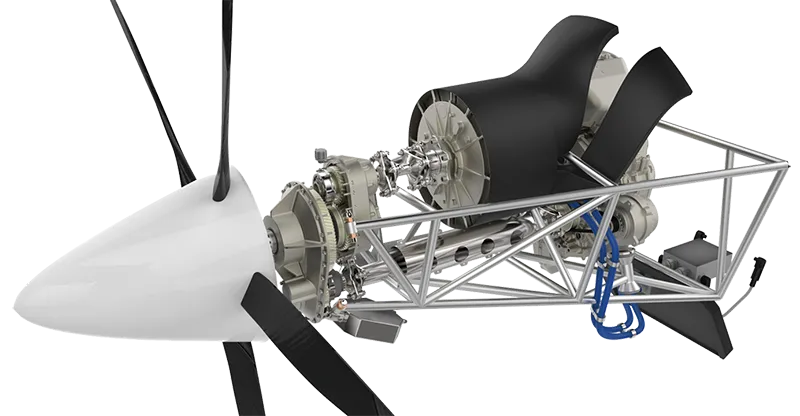
Industry Reception at EAA AirVenture
At Oshkosh, reactions split between admiration and skepticism. Builders discussed cooling, battery placement, and integration challenges. Some praised the modular design: “If this works, we no longer need to design hybrid systems ourselves.” Others flagged unanswered battery details as the biggest hurdle.
Despite questions, VoltAero accepted on-site reservations, underscoring confidence that this was more than a prototype—it’s a product headed for production in Rochefort, France, with deliveries planned for 2026.
Strategic Partnerships for Growth
VoltAero partnered with Kawasaki Motors, adapting a high-performance motorcycle engine for aviation use. They also signed a Letter of Intent in Malaysia to build a Cassio hybrid aircraft assembly hub, signaling VoltAero’s broader ambition to become a global hybrid power supplier.
The Future of Hybrid Power in Aviation
The HPU 210 hybrid power unit may not replace piston engines overnight, but its integrated design lowers the barrier for builders exploring hybrid options. As battery density improves, the system could scale into larger classes of aircraft. For now, it stands as the most credible hybrid propulsion option available to kitplane builders.
If the VoltAero HPU 210 hybrid power unit delivers on its promises, will it redefine experimental aviation—or will piston power remain dominant?

